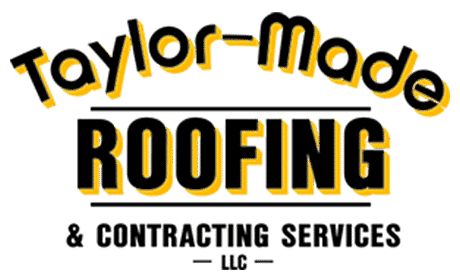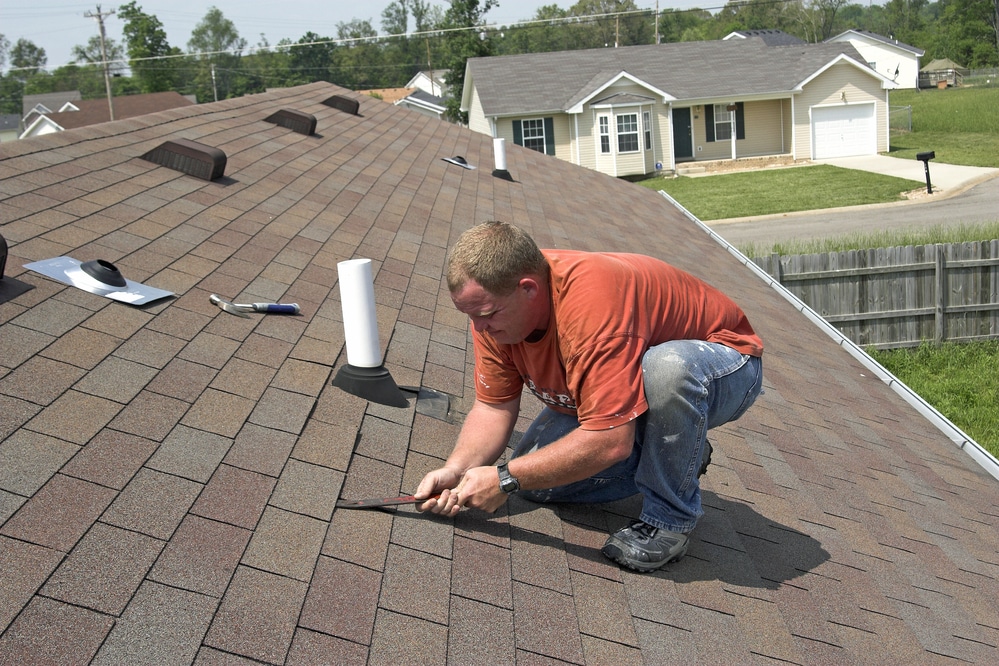A roof leak can be a nightmare for a homeowner. The expense and hassle of dealing with the damage are significant, and it just gets worse the longer it goes on. Learn how to find a roof leak so you can isolate the problem and prevent more serious consequences.
How to Find a Roof Leak
Whether you’re dealing with gutters clogged with ice or summer thunderstorms, there’s always something that can cause a leak in your roof. Nobody wants to deal with a leaky roof, but it’s an eventuality for which you should be prepared. An average roof leak repair can cost upwards of a thousand dollars, and that amount increases as more water damage occurs. Learn how to find a roof leak before the damage to your home — and your wallet — gets too severe.
Step 1: Stop the Water
If you are experiencing water leaking into your home, your first step should be to contain the damage. Sometimes the signs of a leak can be subtle, like a wet spot in the corner of the ceiling. In worse cases, water may actually be traveling through your ceiling and dripping onto your floor.
If you suspect you have a leak in your roof, you should start looking for it by going into the attic of your home. Find the spot in the roof where water is entering, and place a pan underneath to catch the dripping water. Put plastic sheets under the pan in case of overflow. If water is flowing too quickly to be contained, contact a roofing professional for an emergency repair.
If you cannot enter your attic, or cannot find the spot where water is entering, focus your efforts wherever you can see damage occurring. You can drill holes beneath a wet spot or leaky area to drain it if needed. This will keep the water from pooling or spreading and causing further damage.
Step 2: Clean Up and Trace the Leak
Once the leak is contained, you should pause to clean up any damage caused. It may be tempting to leave that until the leak is repaired, but that is a bad idea. Black mold and other health hazards can be caused by letting moisture sit in your ceiling and walls. If you can access the attic, be sure to clean up any moisture there and remove any wet insulation or other materials that could rot the roof. Clean everything up with paper towels, and throw them away.
While you clean, look for more evidence of the leak. Water can travel through your home in many different ways, and the more information you can share, the more easily your roofer will be able to find the leak. Trace water marks with a light pencil, and try to keep track of where water appears to be running to or from.
Step 3: Find the Leak
Sometimes, it’s easy to spot the source of a leak. For example, if a tree branch strikes your roof during a storm and then it starts leaking, you don’t need to be a roofer to figure out where the damage took place. However, if it’s a material failure or something taking place beneath the shingles, a qualified roofer may be the only person who can spot it. For this reason, we strongly recommend you call a roofer any time you’re dealing with a roof leak.
When a roofer comes to inspect for a leak, they will look for the following things:
- Damaged or missing shingles
- Places where the flashing that holds the chimney or other structures to the roof have come loose
- Holes, buckles, or other places roofing material may be compromised
- Evidence of rust, water damage, or other corrosion
You can assist the roofer by sharing all of the information you’ve gathered about the leak. Once they’ve identified the source, they will assess the damage and provide you with an estimate for the repair.
_____
Knowing how to find a roof leak can help you maintain your roof throughout its lifespan. Hopefully, it’s a skill you’ll never have to use. If you do, call us, and we can help with what comes next.
If you live in southwest Missouri, contact the professionals at Taylor-Made Roofing. With over 20 years of experience in residential and commercial roofing, Taylor-Made Roofing is a company that you can trust with all of your roofing needs. Our family-owned business offers quality services, a reassuring warranty, and free estimates. For more information, please give us a call at 417-326-8778 or contact us online. We look forward to hearing from you!

